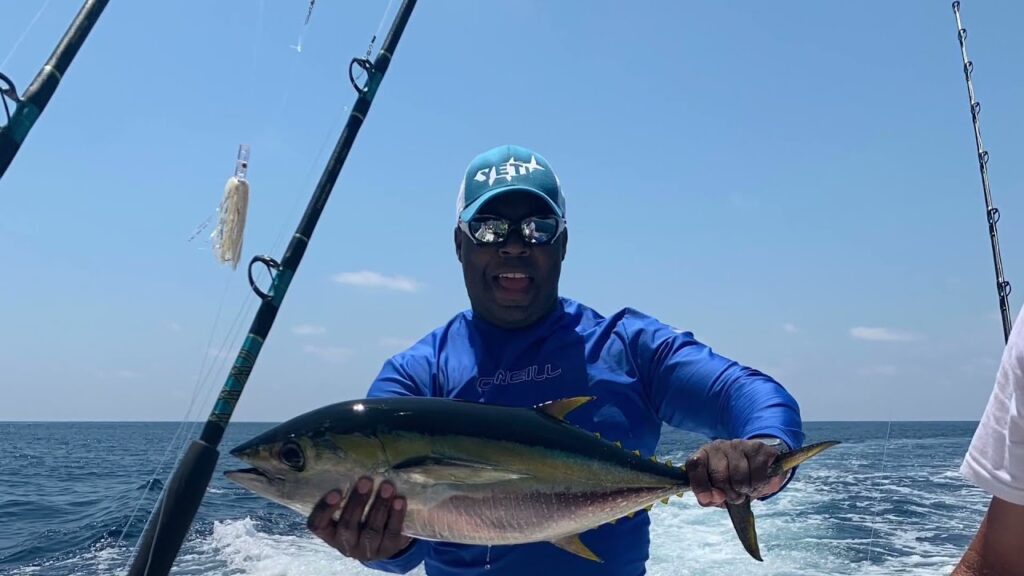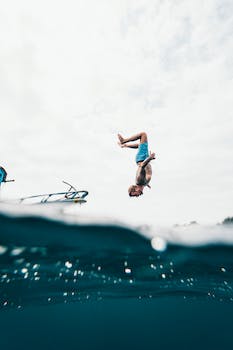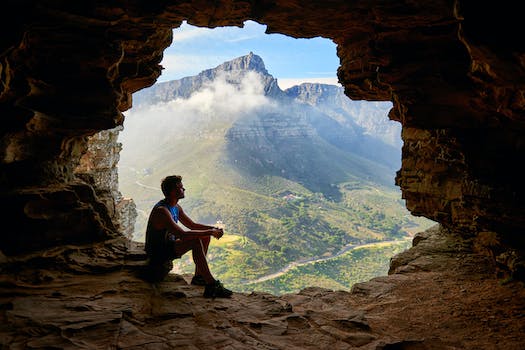Rafting Safety 101: Essential Guidelines for a Secure Adventure
Rafting is an exhilarating water sport that allows people of all ages to connect with nature and enjoy the rush of navigating through turbulent river rapids. However, as with any adventure activity, it is important to prioritize safety to ensure a secure and enjoyable experience. Whether you are a seasoned rafter or a beginner, understanding and following these essential guidelines will help you minimize risks and have a memorable and safe adventure.
1. Choose a Reputable Rafting Company: When planning your rafting trip, select a well-established and reputable rafting company that adheres to safety standards. Look for companies with experienced guides, well-maintained equipment, proper permits, and good customer reviews. Do thorough research and ask questions to determine their safety protocols before making a booking.
2. Wear Proper Safety Gear: Wearing appropriate safety gear is non-negotiable when venturing into the river. A well-fitted personal flotation device (PFD), also known as a life jacket, is a must. Make sure it is properly fastened and correctly sized for your body. Helmets are also necessary for more challenging rapids or rocky sections of the river. Avoid loose clothing or accessories that can get tangled or caught on objects.
3. Listen to the Pre-Trip Safety Briefing: Pay attention and actively listen to the safety briefing provided by your rafting guide. They will inform you about important instructions, paddling techniques, emergency procedures, and potential hazards you may encounter. Take notes if necessary and ask questions if any clarification is needed. Understanding and following their guidelines can help prevent accidents.
4. Know Your Limits and Choose Appropriate Rapids: Be honest about your skill level and physical abilities when selecting the rapids you will paddle through. Classify rapids based on the International Scale of River Difficulty, which ranges from Class I (easy) to Class VI (extremely difficult and dangerous). Beginners should start with lower-class rapids and gradually progress as they gain experience. Ignoring your limits can put you and your fellow rafters at risk.
5. Never Go Rafting Alone: Rafting is a team sport, and it is essential to go with a group or join a rafting trip organized by professionals. Rafting solo is dangerous, as you may not have the expertise or resources to handle unexpected situations. Rafting with others ensures a backup system and increases the chances of help in case of an emergency.
6. Stay Hydrated and Use Sun Protection: Rafting can be physically demanding and takes place in outdoor environments. Drink plenty of water to stay hydrated throughout the trip. Apply sunscreen generously to protect your skin from harmful UV rays. Wear sunglasses with straps to shield your eyes and prevent them from being lost in the water.
7. Be Aware of River Hazards: Every river has its own set of hazards, such as submerged rocks, strainers (downed trees), undercut rocks, and powerful undercurrents. Listen to your guide’s instructions to avoid these dangers. Keep an eye out for signs of upcoming obstacles and communicate well with your team while paddling to navigate safely.
8. Learn Basic Rescue Techniques: While guides are trained in rescue techniques, having some basic knowledge can be useful. Familiarize yourself with self-rescue techniques, such as swimming to shore or floating on your back. Learn about throw bag rescues and how to assist someone who has fallen out of the raft. Acquiring these skills can potentially save a life in an emergency situation.
9. Maintain a Safe Rafting Distance: Keep a safe distance from other rafts while on the river. Maintaining proper spacing between rafts reduces the risk of collisions and allows for more control in navigating rapids. Respect the river’s flow and maintain a safe speed, ensuring the safety of yourself and others around you.
10. Follow Leave No Trace Principles: Preserve the natural beauty of the river and its surroundings by following the Leave No Trace principles. Dispose of waste properly, leave natural objects where you found them, and minimize any impact on the ecosystem. By respecting the environment, you contribute to the sustainability and long-term enjoyment of rafting for future generations.
In conclusion, prioritize safety throughout your rafting adventure. By choosing a reputable company, wearing appropriate safety gear, listening to safety briefings, respecting your limits, paddling with a group, and being aware of river hazards, you can enjoy the thrill of rafting while minimizing risks. Remember, a safe adventure is a memorable one!
![]()









